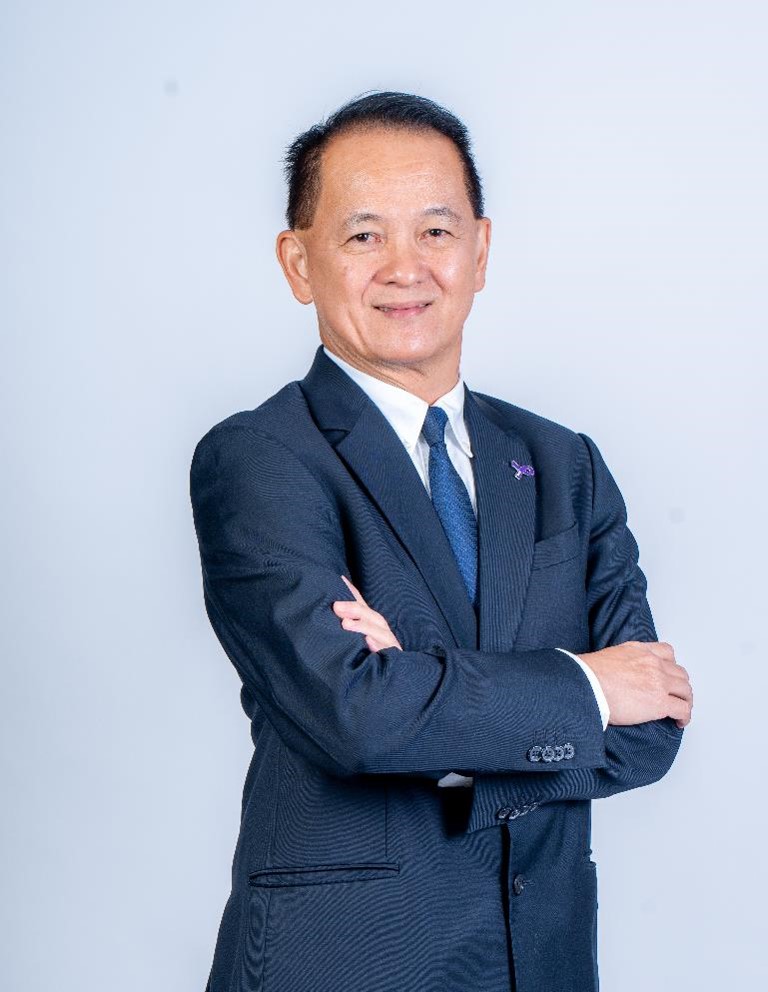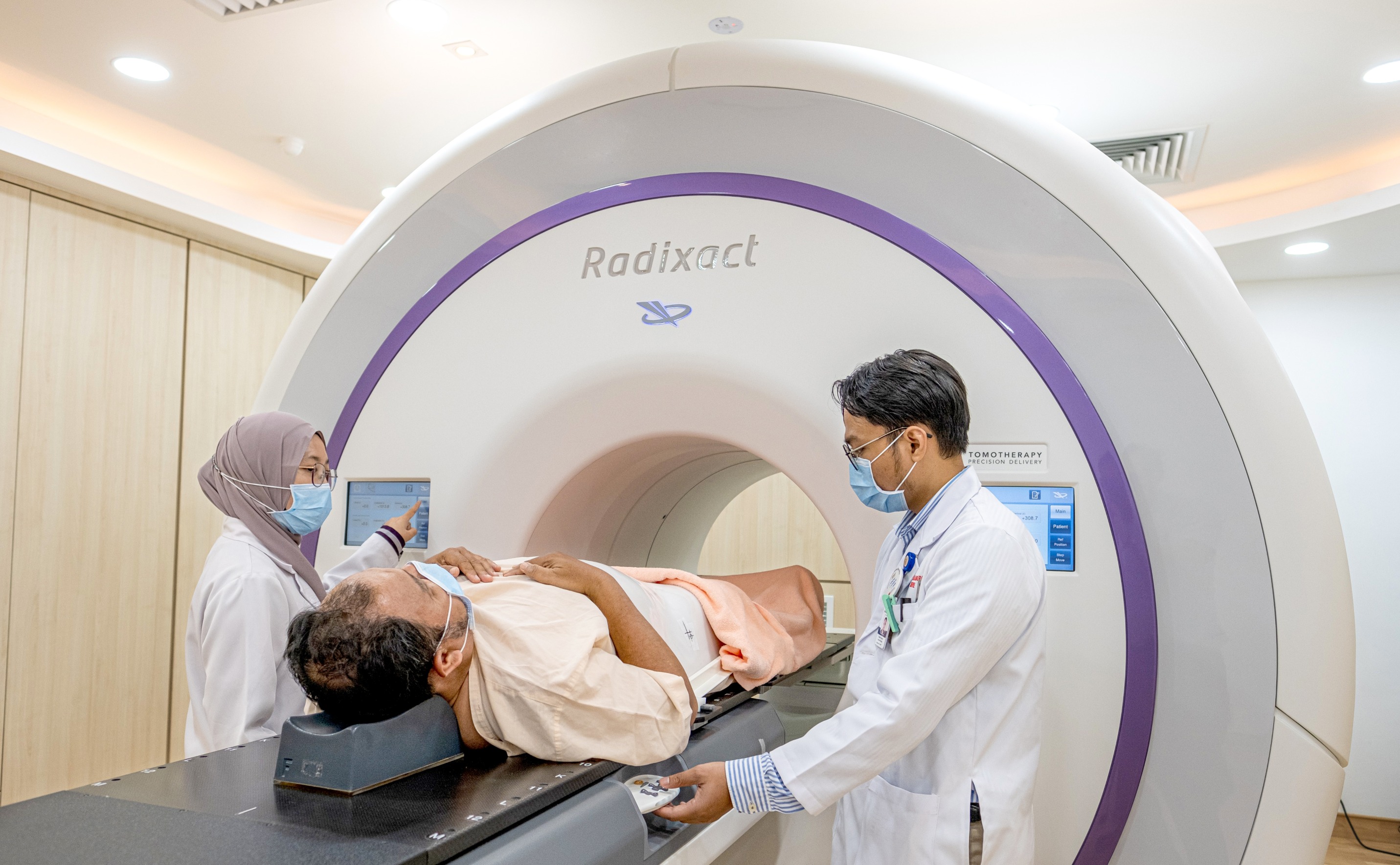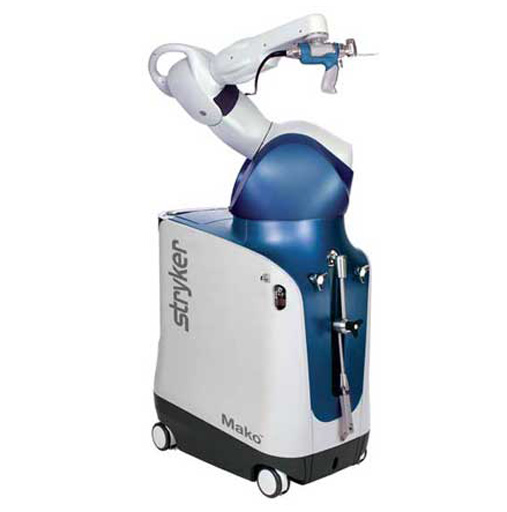Like other hospitals, SJMC is riding the wave of AI-assisted and technology-driven healthcare and believes these are just tools for creating a more person-centred approach to patient care with a focus on comfort, convenience, and safety
Improving the quality of care is one of the top objectives of every healthcare professional, which is why healthcare facilities need them and visionary leaders to champion transformative initiatives.
“I must salute my predecessors; they saw the vision and they see it through. The very first EMR in Malaysia was spearheaded by our healthcare group in 2012, and adopted by SJMC in 2016. Because of the early adoption, today SJMC does not have to play catch up,” Bryan Lin, the CEO of SJMC, explained to Global Health Asia-Pacific.
Lin also believes that the use of electronic medical records alone doesn’t mean that an organisation is embracing digital transformation. What’s more important is learning how to create a more personalised approach to patient care using these tools, which can create a more efficient healthcare delivery system that effectively leverages today’s technologies.
“To fully embrace digital transformation in healthcare systems, firstly the gadgets must speak to each other. An interoperable system is key. That’s what a “Smart Hospital” is all about. The hardware, the software and the people must be interlinked and speak the same language. A smart hospital is about bringing healthcare to focus on its patients, their needs, and their care. It has to be patient-centric to begin with,” he stressed.

“We are committed to advancing patient care through advanced and complex procedures that are evidence-based and outcome-driven," said Bryan Lin, SJMC CEO.
The Transformation Checklist
The healthcare industry is evolving rapidly, with healthcare and technology more intertwined than ever. Digital health trends, like robotics, artificial intelligence, and telehealth, are attracting significant investments and now play a key role in advancing digital healthcare. According to Statista, the value of the digital health market is expected to reach US$274.93 billion by 2028.
SJMC’s philosophy of shifting from patients to people, from healthcare to health, and from hospital to home came in the form of Connected Care, the first of its kind remote patient care ecosystem in Malaysia where patients’ comfort, convenience, and safety are prioritised. This latest innovative solution by SJMC aims to bring healthcare closer to people’s home, leveraging on Internet of Things (IoT) .
Connected Care provides holistic services in six areas of care. Currently, three areas are operational:
TeleConnect – A 24/7 helpline managed by professional nurses and medical officers, offering assistance with medical enquiries and facilitating clinic or/and consultant bookings.
HomeConnect – A home nursing service that provides professional nursing staff for home visits and nursing care.
SeniorConnect - A remote patient monitoring device designed for elderly patients living independently or with a caregiver.
SeniorConnect is the latest service to be introduced under Connected Care. Lin explained that, with SeniorConnect, the hospital understood the importance of ensuring that seniors received the utmost care, attention, and support. The aim of the service was to give a patient’s family peace of mind, knowing that their loved ones were under the watchful eyes of healthcare professionals who would accurately record and monitor their vital signs daily and deploy immediate help when necessary.
“The beauty of this service is that it sends trigger warnings to us. Should any abnormalities arise, it will be able to flag the situation, and we will then advise them if they would need to go to the nearest medical centre, or if an ambulance needs to be deployed to the senior’s home,” he said.
For one patient’s granddaughter, the nurses at SeniorConnect detected elevated blood pressure in her grandmother and promptly advised a visit to her regular SJMC cardiologist. They even assisted in scheduling the appointment, which was greatly appreciated. She is thankful for the timely intervention, preventing a potential worsening of her grandmother’s condition.
SJMC is also leveraging SeniorConnect to establish a seamless care pathway, enabling patients to access both primary and tertiary care across East and West Malaysia. In collaboration with Public Medicare Group (PMG), one of the largest local primary healthcare providers, SJMC will explore using remote monitoring solutions to monitor the health of patients residing in East Malaysia.
The remaining three areas — GPConnect, ICUConnect, and HospitalConnect —are currently in development and will be launched in the very near future.

AI for diagnostic and therapeutic accuracy
AI not only aids in early infection detection in chronic wounds but also provides consistent, objective evaluations, thereby improving burn depth assessment and surgical planning accuracy.
“It reads better. It’ll pick up suspicious activities and areas that our raw vision wouldn’t. SJMC is advanced in cancer treatment, and we use Radixact with Synchrony for adaptive radiotherapy with AI. The AI helps to predict movement of the tumour during radiotherapy session and enables the system to track the tumour accurately and safely. Therefore, we are able to reduce several weeks of treatment sessions to less than a week (3-5 sessions) to treat the patient with intent to cure using highly precise technology that can deliver high radiation doses safely,” Lin said.
Furthermore, SJMC utilises AI for diagnostic imaging interpretation in radiology for the chest and brain that excel at detecting subtle patterns while automating image analysis. Deep learning is also significantly impacting Magnetic Resonance Imaging (MRI) in various ways, leading to advancements in image quality, processing speed, and diagnostic accuracy.
Addressing Digitalisation Challenges
The rise in both healthcare and medical equipment costs is a universal issue, particularly in Malaysia in recent years, and has stirred concern among healthcare providers, patients and their payors.
“Our current regulations doesn’t or has yet to embrace digital transformation fully. Malaysia to me, first and foremost, needs to adopt self-care instead of sick-care. And in order to do so, the shift towards digital transformation is a must,” he stressed.
Another issue facing Malaysia and other countries is the small pool of ready talents capable of tackling the paradigm shift to digitalisation. Healthcare management teams firstly need to walk the talk and lead the walk, meaning more action and management leadership is needed, as the learning curve for going digital is very steep, very long, and very imposing. Lin’s view is that success will depend on how technology and people operate as one.

Upward and onwards
Beyond adopting the latest digital solutions, SJMC is also enhancing its medical technologies with cutting-edge advancements, particularly in robotic-assisted procedures. The latest additions include the da Vinci Xi Robotic Surgical System, used for urology, gynaecology, and general surgery, as well as MAKOplasty, a robotic-assisted surgery system for joint replacements.
“We are committed to advancing patient care through advanced and complex procedures that are evidence-based and outcome-driven. We ensure that every intervention is grounded in the latest research and best practices. Furthermore, we are relentless in tracking patient progress and utilising data to refine our techniques and optimise results.
“There will also be an upgrade for our MRIs, CT scanners, and imaging devices with AI algorithms that allow for improved patient outcomes through increased precision and efficiency of complex interventions. And, oh yes, improving the capacity for critical care via electronic ICU, where we build a team of healthcare professionals who are critical care trained to remotely monitor ICU patients to ensure deterioration is captured easily,” he said.
SJMC continues to solidify its position as a leader in digital healthcare by being the first in Malaysia to acquire the ExacTrac Dynamic, a software attached to the Linear Accelerator (LINAC), which allows sub-millimetric precision in patient positioning and monitoring during radiotherapy. This system’s new thermal-surface camera technology works in tandem with low-dose x-ray tracking and real-time motion management for exceptional accuracy.
Source: Global Health Asia Pacific
